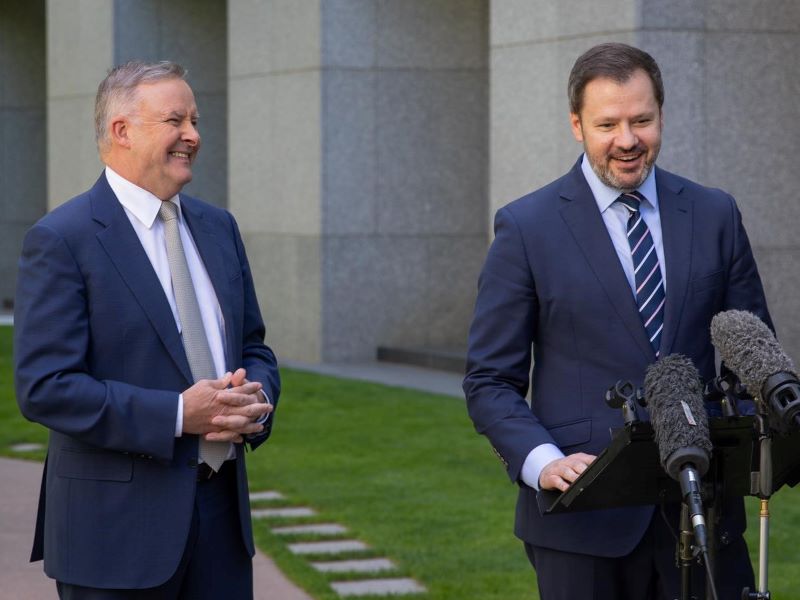The Albanese government is being urged to amend its investment mandates and risk appetites to channel more of its landmark industry support to research and deep technologies after analysis found its current approach is too conservative.
Vehicles designed to capitalise on net zero like the $12 billion Clean Energy Finance Corporation and $15 billion National Reconstruction Fund are backing commercial projects that generate returns for the taxpayer with commercial stage financing.
But far less is going to the top of the innovation pipeline — pre-commercial ventures like research and deep technology development — through smaller programs like ARENA and the Industry Growth Program.

The Centre for Policy Development has analysed the balance of the programs, which across government invest almost $9 billion annually into industry development that is being reshaped by net zero and sovereign capability needs.
The progressive think tank says the current approach is still too risk averse and won’t deliver the breakthroughs needed to decarbonise the economy, lift productivity and deliver improved living standards.
“The government has the biggest balance sheet in the country. With smart use of these resources, it can support vital new industries for long-term prosperity,” CPD economic director Toby Phillips said.
“Government capital should be focused more on boldly driving new industries and less on chasing commercial returns.”
CPD’s new report, Ideas to industries: How to get the most out of public money for industrial development, recommends key changes to established and fledgling industry programs.
The report calls on the government to increase the relative share of financial support for the pre-commercial stage of new industry development as compared to the commercial stage, and to amend the investment mandates and risk appetites of the CEFC and NRF
It says current rates of two-to-three per cent for the vehicles worth a combined $27 billion are too high and should be dropped to zero-to-three per cent.
Amending risk statements and investment mandates with terms like “acceptable risk” and the “pursuit of catalysing new economic activity” would give the funds more scope to back the high risk high reward projects.
Mors advice to shepherd pre-commercial projects through programs and approvals is also needed, while changes to profit sharing mechanisms and how tax credits are applied is also needed, according to the report.
The tweaks could create a seismic shift, with around $50 billion in public funds currently being managed for industry development.
The bulk of the Albanese government’s industry development agenda, like a Future Made in Australia, NRF and IGP is yet to get going in earnest, while R&D funding, economic complexity and productivity continues to decline.
CPD senior economic adviser Mara Hammerle said changes now could help develop the “completely new technologies” the country needs.
“You only need to look as far as the fundamentally world-altering invention of Wi-Fi to see how well public investment in R&D has paid off in Australia,” Ms Hammerle said.
“Australia’s current R&D spend of around 1.7 per cent of GDP is well below the OECD average of 2.7 per cent.
“When it comes to major existential challenges like climate change and supply chain resilience, we cannot afford to under-invest in potential solutions.”
Do you know more? Contact James Riley via Email.

